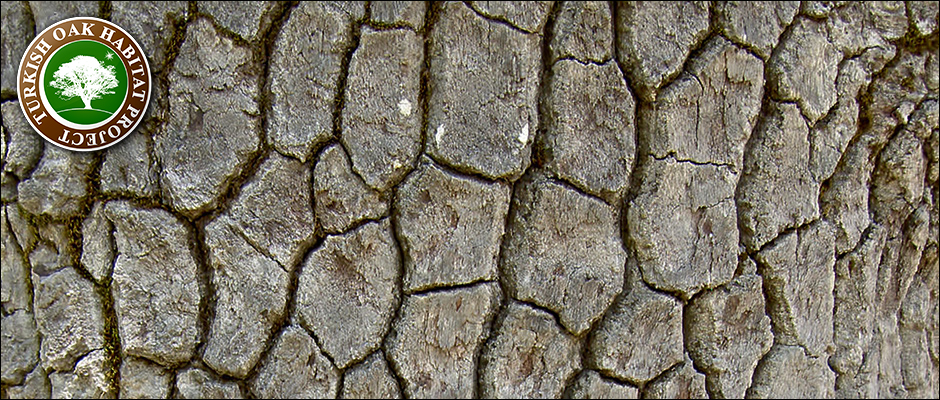Beetle studies…
For studies of beetles we use different techniques but in the scientific studies for comparisons between trees, different areas in Turkey and between Turkish and European studies, we use two different trap types.
Window traps
Our window traps consists of a 30×60 cm wide transparent plastic plate with a tray underneath (Jansson & Lundberg, 2000). They are placed near the trunk (<1 m), beside or in front of a cavity entrance. Their positions are 1.5-5 m from the ground, depending on where the cavity entrance are situated on the studied tree.

Pitfall traps
The pitfall traps are plastic cups with a top diameter of 6.5 cm. They are placed, in the wood mould in the bottom of the cavity, with the opening on level with the wood mould surface. Both types of traps were partially (about ½ of the volume) filled with ethylene glycol and water (50:50 v/v), adding some detergent to reduce surface tension. The traps are placed in the trees in April, they were emptied every third week and eventually removed in September.

STUDY SITES

1. Erdemli (Mersin)

Field studies made during the season 2005. The study was spread in two different oak stands and 11 oaks where studied at each place with both window- and pitfall traps. Both stands consisted of 50-60 old free growing oaks in both areas, but the southern stand was partly destroyed when a road was build across the area in the end of 2005. Dominating oak species are Quercus cerris, Q. infectoria and Q. ithaburensis. The area are at an altitude of 1100m.
2. Gülnar (Mersin)

Field studies made during season 2006. In total 21 old hollow oaks was studied with traps. The area is very large (4-6 km2) and consist of many thousands of heavy pollarded trees. The area are continuously decreasing in size cause the Oaks are cut and replaced by cedar trees from the forestry authorities. Quercus cerris, Q. infectoria, Q. pubescens and Q. ithaburensis. The area are at an altitude of 1100m.
3. Yukarıgökdere – Kasnak (Isparta)

Field studies was made during 2007. In total 22 old hollow Oaks were studied with traps. The area with old oaks are large and leaning and the studied trees were spread between 1000-1500m. Most trees are solitary or in small forest stands. The studied Oaks species are Quercus vulcania, Q. trojana and Q. cerris. The higher situated part of the area is protected as national park.

4. Altinyalya/Gölhisar (Burdur)

Field studies made during the season 2009. In total 22 Oaks was studied with traps. The Oaks are spread in a large open landscape of wooded pastures mixed with agricultural fields. The area is situated at an altitude of 1100m. The studied Oak species are Quercus infectoria, Q. pubescens and Q. cerris.
5. Kozan (Adana)

Field studies made during 2009 with traps and only window traps was used in this study. The site is an old graveyard (3ha) with 50 old oaks of mainly Quercus infectoria and Q. coccifera. The area are at an altitude of 450m.

6. Fethiye (Muğla)

Field studies made during the season of 2011. The Oaks (>100) in the area are large and free standing in an open pasture and the size of the area can be 50 hectare or so and at an altitude of 200m. At the site 11 old hollow Oaks were studied. The only Oak species in the area is Quercus ithaburensis.
7. Kaz Dağı / Ida Mountain (Balikesir)
Field studies made during 2011. The studied oaks are situated at an altitude of 400m in a forested mountain slope. The area is protected in a national park. In total 11 old Oaks were studied with window and pitfall traps.
8. Adıyaman

Field studies during 2011. The studied Oaks are Quercus cerris, Q. infectoria and Q. libanii. The Oaks are small and pollarded, standing in a grazed mountain slope. In total 11 hollow oaks were studied with traps.
9. Antakya

Field studies during 2011. The studied Oaks are Quercus coccifera at an old grave yard and in total it was 11 Oaks studied with traps.












